Accompanied by the Israel Philharmonic Orchestra, the Polish-Mexican violinist and composer Henryk Szeryng (22 September 1918 – 3 March 1988) plays Pyotr Ilyich Tchaikovsky’s Violin Concerto in D major, Op. 35. Conductor: Zubin Mehta. Recorded at the 1983 Huberman Festival.
Tchaikovsky’s Violin Concerto
Written in 1878, Tchaikovsky’s Violin Concerto in D major, Op. 35 is one of the best-known violin concertos and is considered one of the most technically difficult works for the violin.
The three movements are:
- Allegro moderato (D major)
- Canzonetta: Andante (G minor)
- Finale: Allegro vivacissimo (D major)
The piece was written in Clarens, a Swiss resort on the shores of Lake Geneva, where Tchaikovsky had gone to recover from the depression brought on by his disastrous marriage to Antonina Miliukova. He was working on his Piano Sonata in G major but finding it heavy going.
Presently he was joined there by his composition pupil, the violinist Iosif Kotek, who had been in Berlin for violin studies with Joseph Joachim. The two played works for violin and piano together, including a violin-and-piano arrangement of Édouard Lalo’s Symphonie Espagnole, which they may have played through the day after Kotek’s arrival.
This work may have been the catalyst for the composition of the concerto. He wrote to his patroness Nadezhda von Meck, “It (the Symphonie espagnole) has a lot of freshness, lightness, of piquant rhythms, of beautiful and excellently harmonized melodies… He (Lalo), in the same way as Léo Delibes and Bizet, does not strive after profundity, but he carefully avoids routine, seeks out new forms, and thinks more about musical beauty than about observing established traditions, as do the Germans.”
Tchaikovsky authority Dr. David Brown writes that Tchaikovsky “might almost have been writing the prescription for the violin concerto he himself was about to compose.”
Tchaikovsky made swift, steady progress on the concerto, as by this point in his rest cure he had regained his inspiration, and the work was completed within a month despite the middle movement getting a complete rewrite (a version of the original movement was preserved as the first of the three pieces for violin and piano, Souvenir d’un lieu cher).
Since Tchaikovsky was not a violinist, he sought the advice of Kotek on the completion of the solo part. “How lovingly he’s busying himself with my concerto!” Tchaikovsky wrote to his brother Anatoly on the day he completed the new slow movement. “It goes without saying that I would have been able to do nothing without him. He plays it marvelously.”
Tchaikovsky wanted to dedicate the concerto to Iosif Kotek, but felt constrained by the gossip this would undoubtedly cause about the true nature of his relationship with the younger man. (They were almost certainly lovers at one point, and Tchaikovsky was always at pains to disguise his homosexuality from the general public.)
In 1881, he broke with Kotek after he refused to play the Violin Concerto, believing it was poorly received and would do damage to his budding career. However, he did dedicate to Kotek the Valse-Scherzo in C for violin and orchestra, written in 1877, on its publication in 1878.
Tchaikovsky intended the first performance to be given by Leopold Auer, for whom he had written his Sérénade mélancolique for violin and orchestra, and accordingly dedicated the work to him. Auer refused, however, meaning that the planned premiere for March 1879 had to be canceled and a new soloist found. In 1912, Auer told his version of the story to the New York magazine Musical Courier:
“When Tchaikovsky came to me one evening, about thirty years ago (actually thirty-four), and presented me with a roll of music, great was my astonishment on finding this proved to be the Violin Concerto, dedicated to me, completed and already in print. (This was the reduction for violin and piano, printed in 1878; the publication of the full score did not take place until 1888.)”
“My first feeling was one of gratitude for this proof of his sympathy toward me, which honored me as an artist. On closer acquaintance with the composition, I regretted that the great composer had not shown it to me before committing it to print. Much unpleasantness might then have been spared us both…”
“Warmly as I had championed the symphonic works of the young composer (who was at that time not universally recognized), I could not feel the same enthusiasm for the Violin Concerto, with the exception of the first movement; still, less could I place it on the same level as his purely orchestral compositions. I am still of the same opinion.”
“My delay in bringing the concerto before the public was partly due to this doubt in my mind as to its intrinsic worth, and partly that I would have found it necessary, for purely technical reasons, to make some slight alterations in the passages of the solo part. This delicate and difficult task I subsequently undertook, and re-edited the violin solo part, and it is this edition which has been played by me, and also by my pupils, up to the present day.”
“It is incorrect to state that I had declared the concerto in its original form unplayable. What I did say was that some of the passages were not suited to the character of the instrument, and that, however perfectly rendered, they would not sound as well as the composer had imagined. From this purely aesthetic point of view only I found some of it impracticable, and for this reason, I re-edited the solo part.”
“Tchaikovsky hurt at my delay in playing the concerto in public and quite rightly too (I have often deeply regretted it, and before his death received absolution from him), now proceeded to have a second edition published, and dedicated the concerto this time to Adolf Brodsky, who brought it out in Vienna, where it met with much adverse criticism, especially from Hanslick.”
“The only explanation I can give of the orchestral score still bearing my name is that when the original publisher, P. Jurgenson, of Moscow, to suit the composer, republished the concerto, he brought out the piano score in the new edition, but waited to republish the orchestral score until the first edition of it should be exhausted. This is the only way I can solve the problem of double dedication.”
“… The concerto has made its way into the world, and after all, that is the most important thing. It is impossible to please everybody.”
The first performance of Tchaikovsky’s Violin Concerto was eventually given by Adolph Brodsky on December 4, 1881, in Vienna, under the baton of Hans Richter. Tchaikovsky changed the dedication to Brodsky. Critical reaction was mixed.
The influential critic Eduard Hanslick called it “long and pretentious” and said that it “brought us to face to face with the revolting thought that music can exist which stinks to the ear”. Hanslick also wrote that “the violin was not played but beaten black and blue”, as well as labeling the last movement “odorously Russian”.
The violinist who did much early work to make the work popular with the public and win a place for it in the repertoire was Karel Halíř (who in 1905 was to premiere the revised version of the Sibelius Violin Concerto). When Tchaikovsky attended a Leipzig performance of the work in 1888, with Haliř as the soloist, he called the event “a memorable day”.
The Polish premiere of the concerto was given in Warsaw on 14 January 1892, with Stanisław Barcewicz on violin and the composer conducting. They also played the Sérénade mélancolique for the first time in Poland on that occasion.
Henryk Szeryng
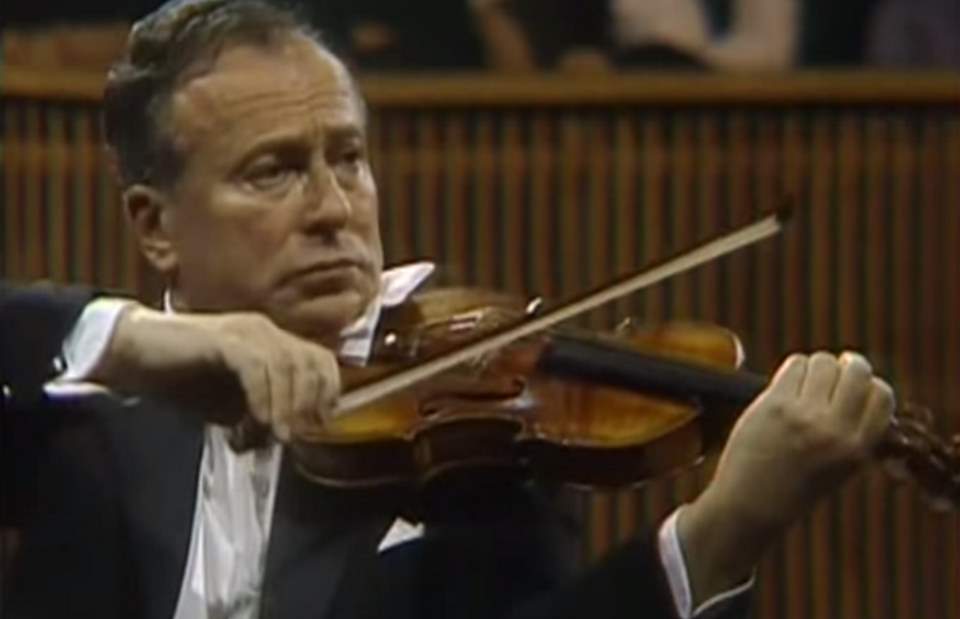
Henryk Szeryng (22 September 1918 – 3 March 1988) was a Polish-Mexican violinist and composer. He was born in Żelazowa Wola, Poland into a wealthy Jewish family. The surname “Szeryng” is a Polish transliteration of his Yiddish surname, which nowadays would be spelled “Shering” in the modern Yiddish-to-English transliteration.
Henryk started piano and harmony lessons with his mother when he was 5, and at age 7 turned to the violin, receiving instruction from Maurice Frenkel. After studies with Carl Flesch in Berlin (1929–32), he went to Paris to continue his studies with Jacques Thibaud at the Conservatory, graduating with a premier prix in 1937.
He made his solo debut on 6 January 1933 playing the Brahms Violin Concerto with the Warsaw Philharmonic Orchestra under Romanian conductor George Georgescu. From 1933 to 1939 he studied composition in Paris with Nadia Boulanger.
When World War II broke out, General Wladyslaw Sikorski – the Premier of the Polish government in exile – asked Szeryng, who was fluent in seven languages, to serve as his liaison officer and interpreter. Szeryng took these positions and discontinued his studies, although he continued to perform on the violin, giving over 300 concerts for Allied troops all over the world.
When he accompanied Sikorski on a mission to Mexico in 1941 seeking a home for 4,000 Polish refugees, the positive reception moved Szeryng so deeply that he decided to become a Mexican naturalized citizen, and did so in 1946. In 1945 he accepted the request (made in 1943) that he head the string department of the National University of Mexico.
In 1954, the pianist Artur Rubinstein – also a Jewish refugee from Poland – gave a concert in Mexico City; Szeryng visited him backstage afterward and accepted Rubinstein’s invitation to come to his hotel to play music.
Szeryng’s playing of solo violin music of Johann Sebastian Bach that night said Rubinstein, “reduced me to tears… Real music lovers want emotion–great moments–which Szeryng’s playing gives them.”
Rubinstein encouraged Szeryng to begin concertizing again and introduced him to impresario Sol Hurok to help achieve this end. Rubinstein and Szeryng made music together regularly for the rest of their careers and recorded much of the classic chamber music literature either as a duo or in a trio with cellist Pierre Fournier. Szeryng went on to win such major awards as six Grand Prix du Disque awards, the Médaille d’Argent of the city of Paris, two Edison Awards and was also made an Officer of the Ordre des Arts et Lettres in Paris in 1963, among many other honors received.
In 1960, Szeryng was named Mexican Cultural Ambassador. In 1966, by which time he had moved to Paris, he was designated Honorary Director of the Conservatory of Music in Mexico City, and a Henryk Szeryng Music Festival was held in his honor in Mexico City. He returned to Mexico twice a year and traveled on a diplomatic passport as Mexico’s official cultural ambassador, but lived in Paris for two decades, then spent his last five years in Monaco.
Szeryng died of a cerebral hemorrhage in Kassel, Germany, on 3 March 1988. He was buried at Cimetiére de Monaco, the headstone bearing the concluding bars of the Ciaconna from Bach’s Partita No.2 for Solo Violin (with his own published annotation).
Sources
- Violin Concerto (Tchaikovsky) on Wikipedia
- Violin Concerto on the Tchaikovsky Research website
- Violin Concerto, Op. 35 (Tchaikovsky, Pyotr) on the International Music Score Library Project website
- Tchaikovsky – Violin Concerto in D on the Classic FM website
- “Tchaikovsky’s Violin Concerto: a deep-dive into the best recordings” on the Gramophone UK website
- Henryk Szeryng on Wikipedia
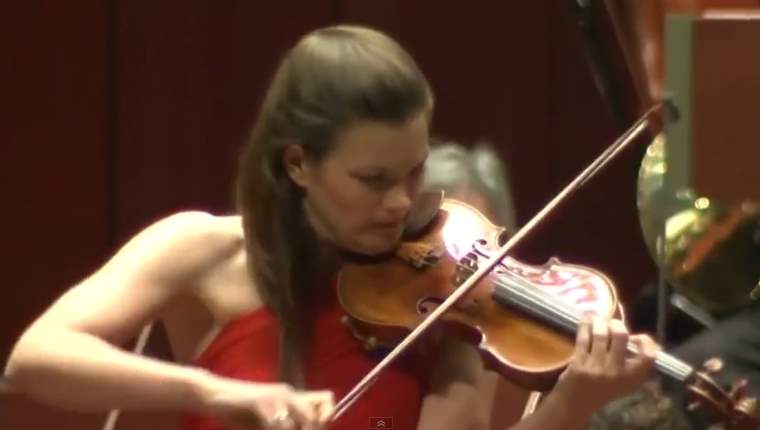
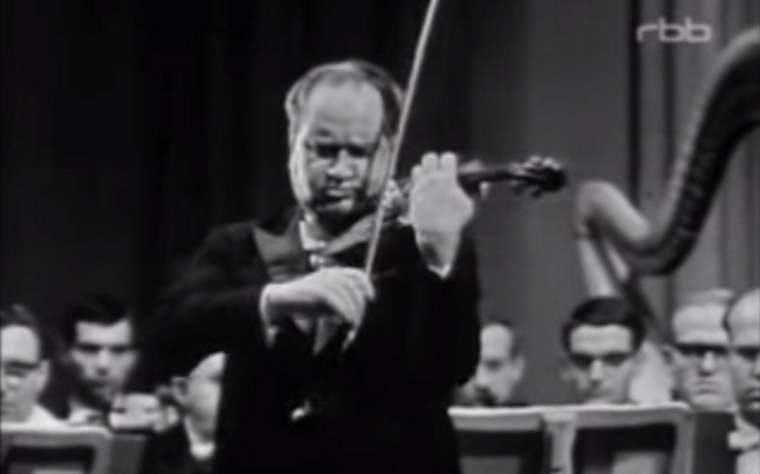
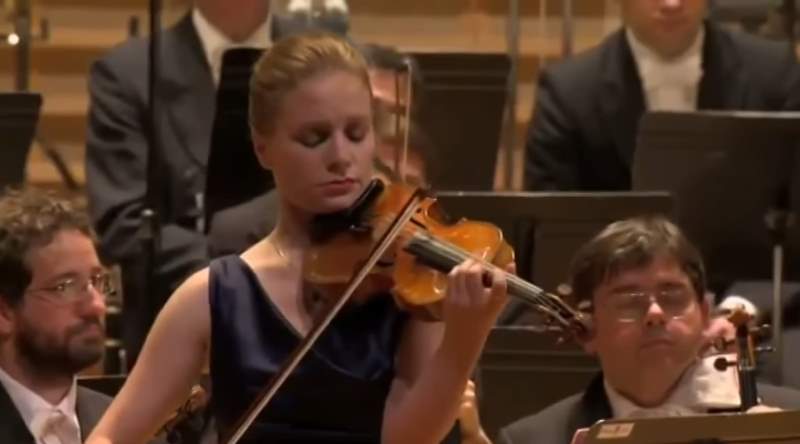
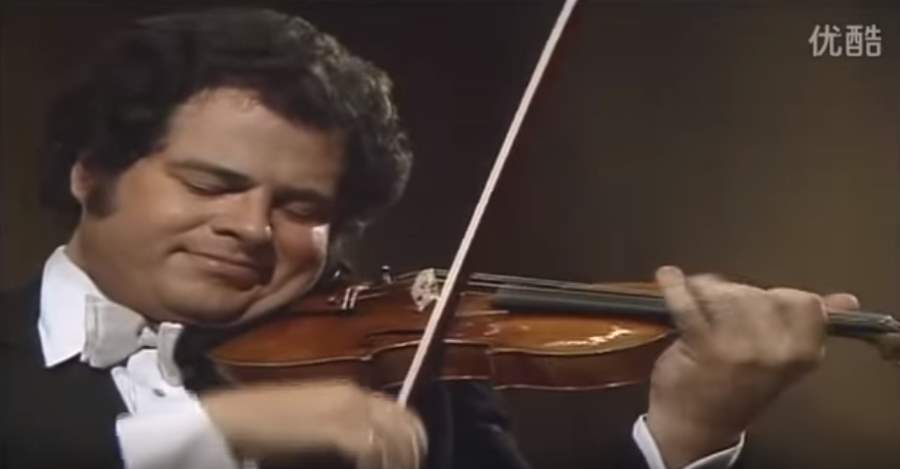
![Tchaikovsky: Violin Concerto [Maxim Vengerov, 1993]](https://cdn-0.andantemoderato.com/wp-content/uploads/2023/03/Tchaikovsky-Violin-Concerto-Maxim-Vengerov-1993-1024x576.jpg)

My favorite piece of music, EVER.